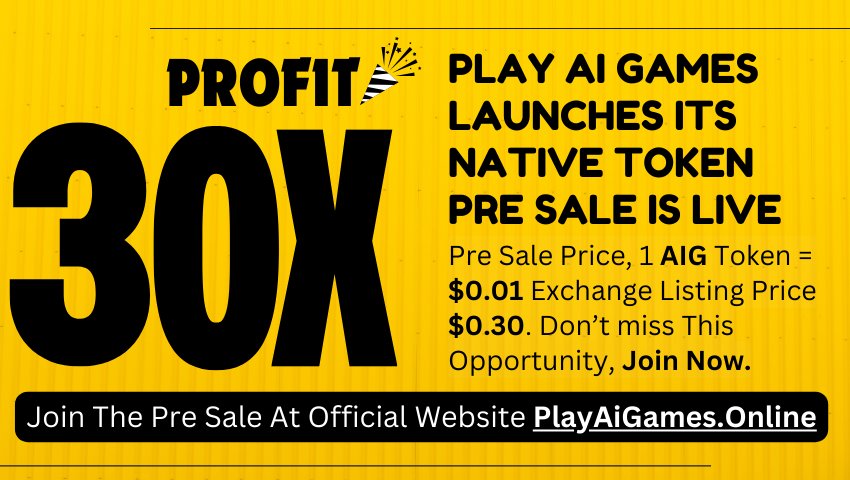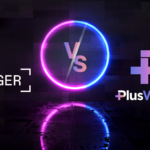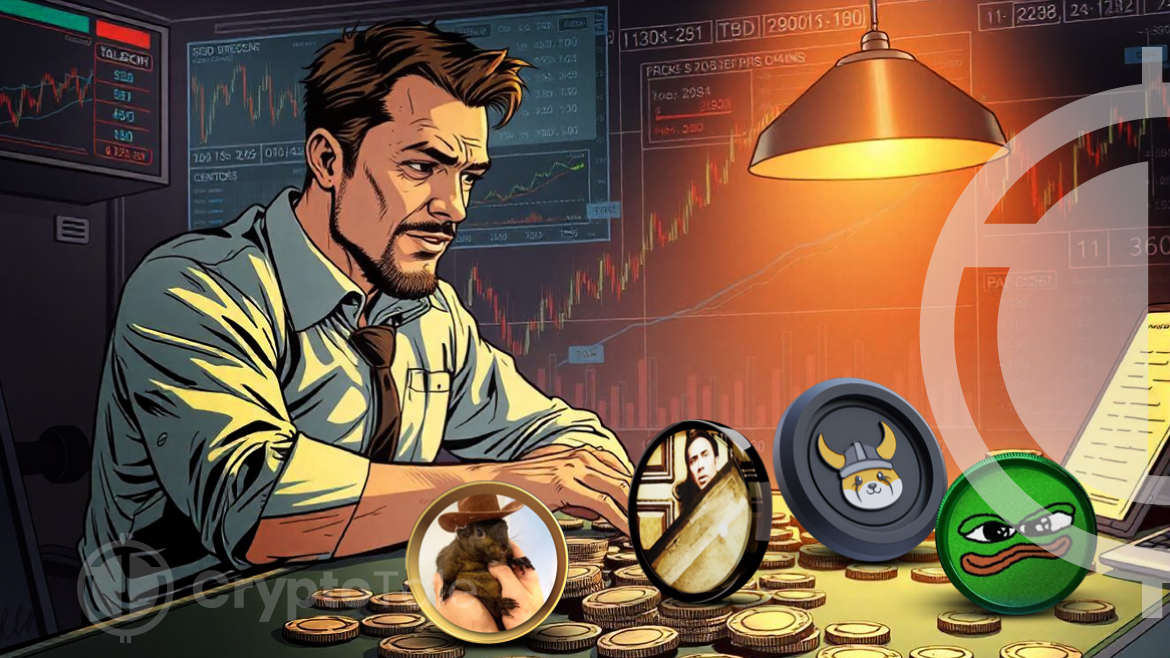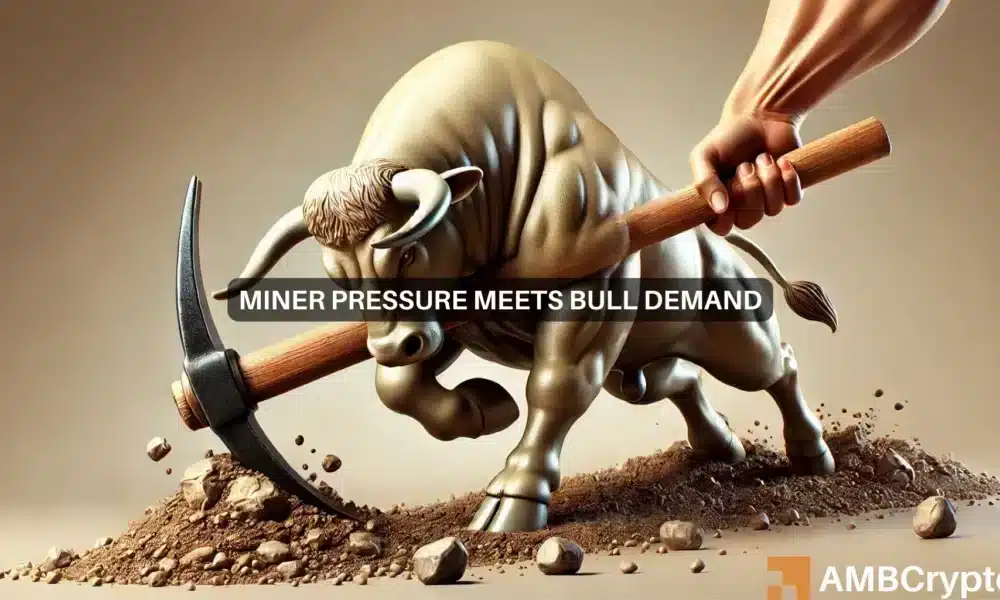
Nansen has announced a new integration into Solana. This integration will provide advanced token and wallet tracking tools to analyze the Solana ecosystem.
In a press release sent to crypto.news on Oct. 17, blockchain analytics firm Nansen announced a new integration into the Solana(SOL) Network which will enable Nansen to offer comprehensive wallet attribution and data analysis previously untouched upon by the protocol.
The Nansen platform will include features such as a Wallet Profit and Loss or “Wallet PnL”, designed to track portfolio management and “Signals” that identify market trends using on-chain AI. Nansen also provides “Token Screener” to give performance insights on current tokens and “Smart Money” which can track the movements of investors and whales within the Solana ecosystem.
By integrating these features into Solana, Nansen will be able to bridge the gap between existing Solana data analysis tools and those found within other ecosystems.
Now, Nansen can provide much more comprehensive and deeper token and wallet analytics that bring clarity to the complex and ever-evolving Solana ecosystem
CEO of Nansen, Alex Svanevik, stated that the integration between Solana and the Nansen platform is a crucial steps towards advancing the blockchain analytics market.
“By offering in-depth token and wallet-level data, we’re giving investors the tools they need to navigate Solana with confidence. This launch marks a pivotal moment for Web3 analytics,” said Svanevik.
Nansen offers a set of token and wallet tracking tools that can track balances in real-time and follow wallet movements within Solana’s ecosystem, so that users can follow the movement of assets and identify trends, risks, and opportunities.
Additionally, Nansen provides millions of wallet labels such as “Memecoin Whale” and “Token Deployer” used to identify key players, including whales and investors.
Finally, Nansen recognizes the distinction between Solana Virtual Machine and EVM. Therefore, the integration with Solana offers tailored solutions for EVM and non-EVM views across 16 different blockchains which include all major Ethereum Layer 2s.











